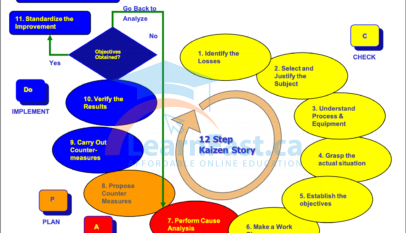Understanding the Dynamics of Corporate Leadership
In the complex world of corporate governance, the CEO, CFO, COO, and CHRO each play a vital role in the success of a company. These high-level executives bring unique skill sets to the table, and their responsibilities are crucial in shaping a company’s culture, growth, and stability. Understanding these roles can help us appreciate how they contribute to a company’s overall success.
The CEO: The Visionary Navigator
At the helm of the corporate ship, the CEO, or Chief Executive Officer, is the face and leader of the company. Tasked with crafting and communicating a compelling company vision and strategy, the CEO ensures that every aspect of the organization aligns with strategic imperatives. This role involves not only managing the delivery of company results but also navigating through change and ensuring the organization upholds its core values. By building capability and managing external stakeholder relationships, the CEO ensures the company’s adaptability and compliance with regulations, reporting to the Board of Directors on plans and performance.
The CFO: The Financial Architect
The CFO, or Chief Financial Officer, acts as the company’s commercial leader, providing financial leadership that influences critical business decisions. This executive oversees financial strategy and planning, compiles budgets, analyzes financial data, and reports on financial health. The CFO’s realm includes managing cash flow, treasury functions, and maintaining strong banking and investor relationships. The CFO secures the financial foundation necessary for the company’s growth and stability by ensuring compliance with accounting standards and managing taxation affairs.
The COO: The Master of Mechanics
As the operational leader, the COO, or Chief Operating Officer, ensures the smooth day-to-day functioning of the company. Developing operational strategies to maintain financial health and implementing plans from the executive team are key aspects of this role. The COO plans adjustments to operations to meet objectives, optimizes business processes, and maintains the highest quality and safety standards. As the driving force behind an efficient and responsive operational framework, the COO allocates resources and spearheads large organizational shifts.
The CHRO: The Cultural Steward
The CHRO, or Chief Human Resources Officer, is the guardian of human capital and corporate culture. This leader manages human resource aspects, from diagnosing people-related problems to developing workforce strategies that enhance satisfaction and engagement. The CHRO provides a people lens on business decisions, ensuring that the company’s human capital strategy aligns with its overall goals. Establishing processes for developing talent and evaluating performance, and assigning responsibilities, the CHRO plays a central role in fostering a safe, productive, and engaged workforce.
Collaboration: The Key to Success
The success of a company depends not only on the individual performance of these executives but also on their ability to collaborate effectively. A CEO’s strategic vision is nothing without the CFO’s financial acumen, the COO’s operational efficiency, and the CHRO’s talent management. Together, they form a leadership team that drives a company toward achieving its mission and objectives.
To sum up, the collaboration between the CEO, CFO, COO, and CHRO is crucial for the success of a company. By comprehending the duties and interaction of these roles, we gain understanding into the intricate workings of corporate management and the cooperative endeavor needed to overcome the obstacles of the business realm.

















